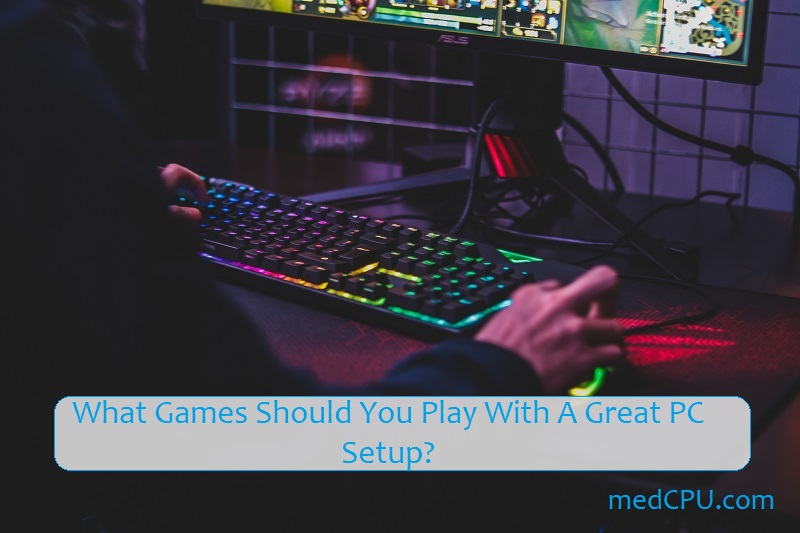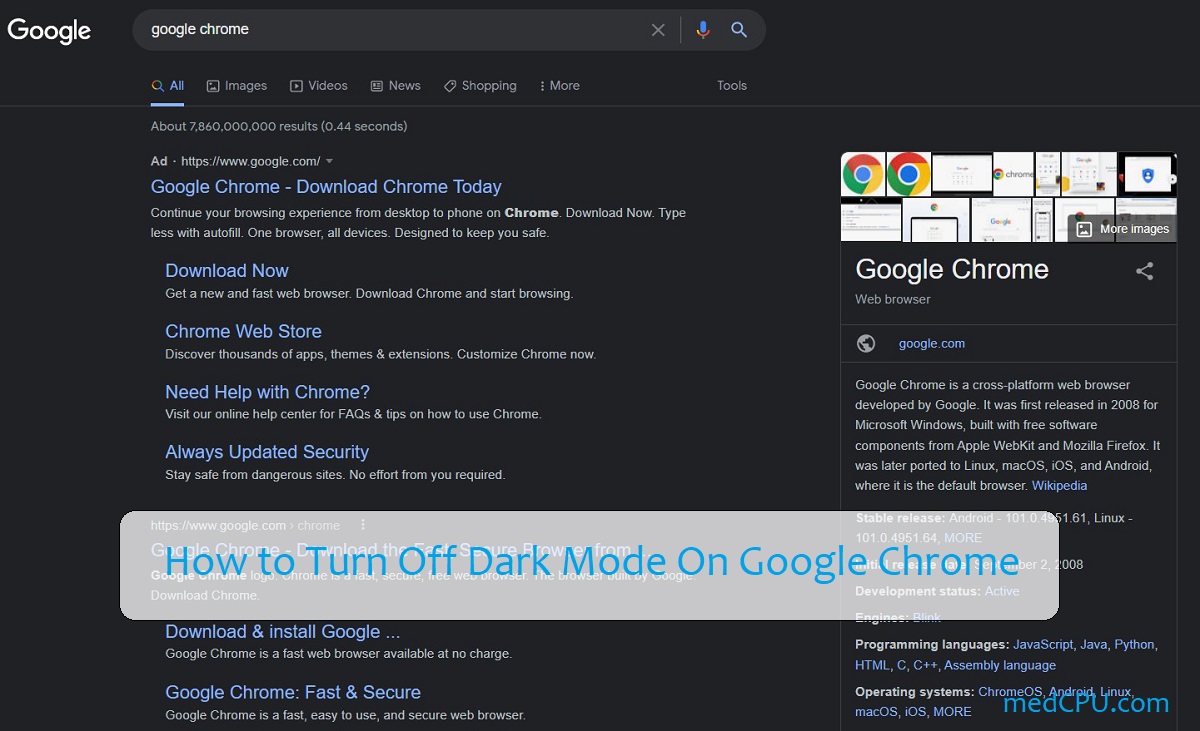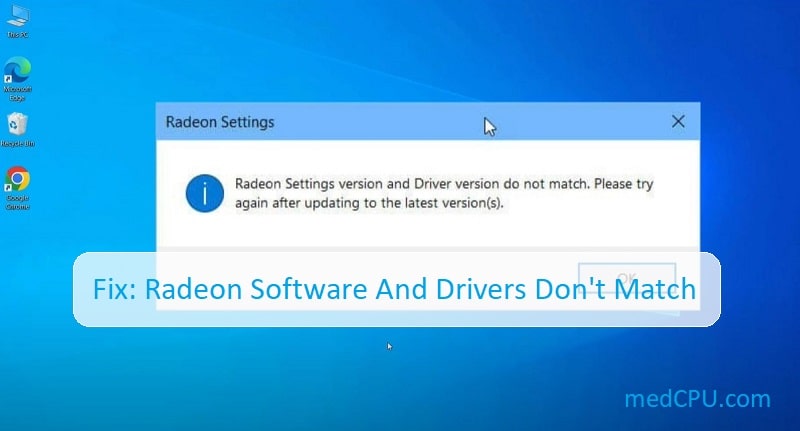Not only do custom-built PCs provide tailored performance and usability, but they also allow you to enhance their appearance and make stunning and unique PC setups. A custom-made PC serves as an extension of your style. In this article, we’ll discuss aesthetic considerations that enable builders to transform how a PC setup looks.

Custom PC Case
A computer case is an enclosure that houses most of the hardware of your personal computer. When building a custom PC, go for one that is visually appealing. Custom PC cases offer plenty of room and great style while allowing you to create a setup that suits your needs.
A custom case design allows you to use your favourite graphics and colours, which is a great way to reflect your unique personality. Computer cases are classified into two broad types: Size and shape. The main reason for this is that the motherboard’s form factor ought to be compatible with the tower’s to ensure it fits precisely.
Here are the different case sizes and models you can find on the market:
Full Tower
This desktop computer case is used to accommodate a CEB or E-ATX motherboard. The width and height of the tower are 22–32 cm and 55–75 cm, respectively. A Full Tower PC case can accommodate between 4 and 9 5.25″ bays and allows the installation of a maximum of 7 expansion cards, such as a receiver and a sound card.
With this case, you can set up a custom PC cooling system with 230-millimetre fans and cool 2 high-end graphics cards, a couple of RAM modules and a processor such as the Intel Core i9-9900K.
Mid Tower
Also known as an ATX, Mid Tower is the most commonly used PC case format since it allows you to use multiple disks and almost all motherboard types with acceptable overall dimensions. The average mid-tower measures 15–25 cm wide and 35–55 cm high.
Ideal for building a typical gaming PC, this type of PC case has enough room for full-size components, such as most 300-mm long video cards; it can use 200, 140 or 120-mm fans to improve airflow. Since this case is about 31 centimetres long, you can install a full-size video card plus 2 to 3 expansion slots.

HTPC
HTPC’s size ranges from small (like a small form factor) to as large as a mid-tower. HTPC is built to act like a home theatre system because you can hang it on the wall or tuck it underneath the television stand. It’s a perfect machine for home multimedia enjoyment, such as playing online casino games at a free 5 free no deposit casino.
These types of platforms offer new users a £5 bonus upon sign-up. They don’t have to deposit any money into their account, making it an excellent way to familiarise yourself with an online casino and the games in its lobby without spending a cent. The best part is that you can withdraw your winnings once you have fulfilled the wagering requirements. You can find more info about this topic here: https://www.slotozilla.com/uk/no-deposit-bonus/5-no-deposit-bonus.
SFF (Small Form Factor)
While SFF PC cases come in different shapes and sizes, they are designed to slot perfectly into tight spaces. These cases are designed around Mini-ITX form factor motherboards and have limited space for components such as large GPUs. They are ideal for those with limited space and do not intend to play power-hungry games.
It is worth noting that PC cases come in varying designs, materials and colours. Tempered glass PC cases have won the hearts of many people because they provide a clear showcase of all the components inside a computer, allowing you to see your machine at work. Other unique and custom designs are pyramids and tanks.
With that in mind, here are some of the cool-looking PC cases:
- LTINN Computer Case (Tank Shape)
- AZZA Regis 902 Luxurious Cube Case,
- ASUS ROG Hyperion GR701 Full-Tower Case
- KEDIERS Micro ATX Tower Case 7
RGB Lighting
RGB is an acronym that represents the primary colour: red, green and blue. With RGB lighting, you can create more than 16M colour combinations using these colours. You can use it in different accessories and components to illuminate your PC.
There are two types of RGB lighting: ARGB and RGB. You can only set RGB lighting to display one colour at a time. Also known as Addressable RGB, ARGB is more advanced and lets you customise and control each LED individually. As such, you can do stunning things with ARGB. For instance, you can display a range of colours simultaneously and use impressive lighting effects like rainbow, breathing and bounce.
A 12V 4-pin header is often used for RGB components. And since all LEDs are on the same circuit, changing the colours of an individual LED won’t be possible. You’ll need a 5V 3-pin header to control each LED when it comes to ARGB components. Most modern motherboards include 12V RGB and 5V ARGB headers to control the RGB lights.
You can control and customise RGB lighting through a separate RGB controller or software connected to the motherboard. You can also use separate controllers to connect numerous components into a single place. But this will need a SATA connector and USB header.
What’s more? Windows 11 added a menu that allows users some tools for controlling RGB lighting.
Cable Management
PC cable management means organising and routing cables and wires inside the PC case to improve aesthetics, airflow and accessibility. With some planning and the right tools, you can achieve a tidy PC build.
The table below highlights some tips to help you achieve perfect PC cable management.
| Best Practices for Cable Management | |
| Plan your layout | Think about where you would like to place the power supply, fans, drives, motherboard and other devices and how you want to connect them to the power source and each other. |
| Route your cables | Use the grommets and cable routing holes to the cables behind the motherboard tray. Avoid overlapping or crossing them; be sure to use the most direct and shortest cables for each connection. |
| Secure your cables | After routing the cables, secure them with twist ties, zip ties, or Velcro straps. This will prevent them from tangling, sagging or interfering with other PC components; you can also organise and protect cables with cable combs or sleeving if they are. |
| Check your airflow | Check the airflow to ensure there are no hotspots or obstructions. A fan controller or software can help you monitor the temperatures and speeds of the fan. |
Other Aesthetic Considerations
There are also other aesthetic considerations that allow you to create visually appealing and unique PC setups. They include:
- Cutting-edge monitor: There are lots of jaw-dropping monitors on the market. This includes curved 4k and touchscreen monitors.
- Monitor arms and mounts: There is a variety of monitor arms that you can choose from if you are looking for a more professional look. This includes Rail, Wall, Post and Spring mounts.
- Keyboard and mouse: A stylish wireless keyboard and mouse will help you create a stunning setup.
Final Thoughts
Custom PCs offer a level of customisation that has made them attractive to video editors, gamers and anyone looking for an optimised computing experience tailored to them. With this guide, you can create a visually appealing and practical setup.

Eyal Ephrat serves as the co-founder and CEO of medCPU.com, where technology is making significant strides in the field of medicine. Through his experience in purchasing PC and laptop equipment and various other tech products, Eyal Ephrat contributes valuable insights to medCPU’s mission.





